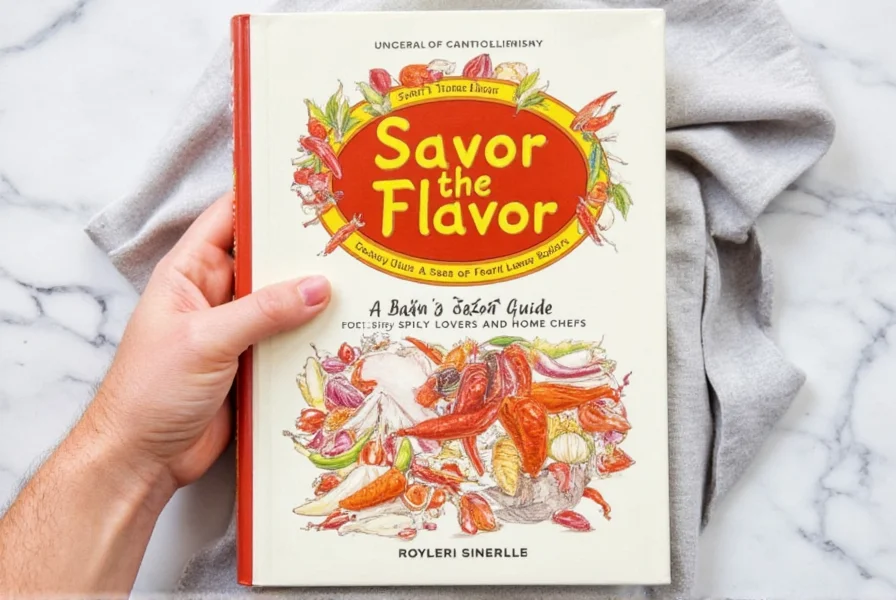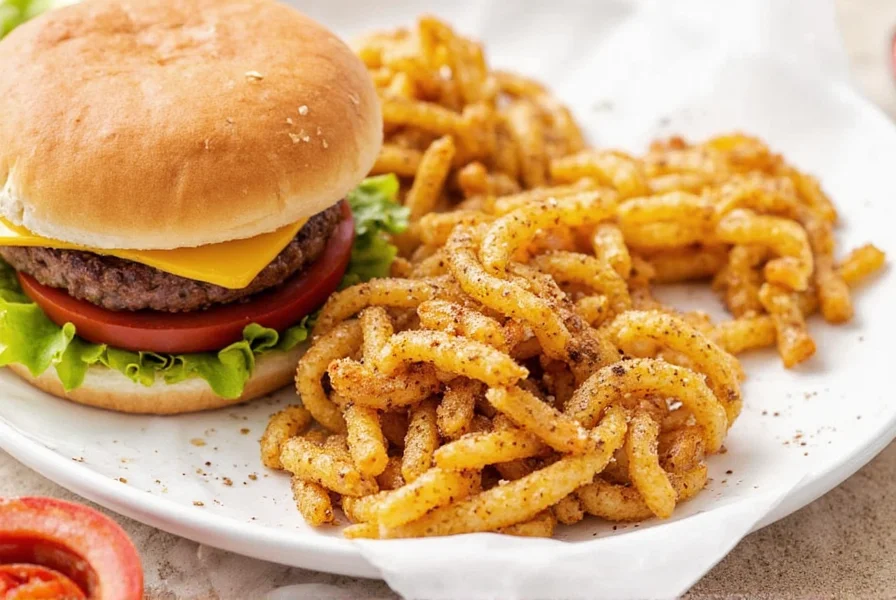Spice Chronicles: What Is Chili Pepper Powder and Why It's a Kitchen Must-Have
Table of Contents
Introduction to Chili Pepper Powder
Chili pepper powder, also known as red pepper powder or paprika, is one of the most versatile spices in the world. If you've ever cooked with it, you know how it can transform a dish from ordinary to extraordinary. But what exactly is chili pepper powder? Simply put, it's made by grinding dried chili peppers into a fine powder. This process preserves the flavor, aroma, and heat level of the original pepper, making it an essential ingredient for chefs and home cooks alike.
Whether you're looking to add a spicy kick to your favorite recipe or simply want to experiment with bold flavors, chili pepper powder is a great place to start. In this article, we'll explore what chili pepper powder is, how it's made, its different types, and why it's such a valuable addition to any kitchen. Plus, we’ll give you a detailed buying guide to help you choose the best one for your needs.
How Is Chili Pepper Powder Made?
The process of making chili pepper powder is straightforward but requires care to preserve the quality of the final product. Here’s a quick breakdown of how it’s done:
- Drying the Peppers: The first step is to dry fresh chili peppers. This can be done using a dehydrator, oven, or even sun-drying, depending on the climate and time available.
- Removing Stems and Seeds: Once the peppers are dry, they are usually stripped of their stems and seeds (unless you want a spicier version).
- Grinding: The dried peppers are then ground into a fine powder using a spice grinder or blender. Some people prefer a coarser grind for certain dishes, while others go for a very fine texture.
- Packaging: Finally, the chili pepper powder is packaged in airtight containers to maintain freshness and potency.
It’s important to note that not all chili pepper powders are created equal. Some may be mixed with other ingredients like garlic, onion, or even sugar to enhance flavor. Always check the label if you’re looking for pure chili pepper powder.
Types of Chili Pepper Powders
There are numerous varieties of chili pepper powders, each with its own unique flavor, heat level, and use case. Here are some of the most common types:
| Type | Heat Level | Flavor Profile | Best For |
|---|---|---|---|
| Cayenne Pepper | Medium to Hot | Sharp, pungent | Soups, stews, sauces |
| Paprika | Mild to Medium | Smoky, sweet | Roasted meats, soups, salads |
| Ancho Chili Powder | Mild to Medium | Earthy, slightly sweet | Mexican dishes, enchiladas |
| Chipotle Powder | Hot | Smoky, rich | Barbecue, marinades, salsas |
| Habanero Powder | Very Hot | Sweet, fruity, fiery | Hot sauces, tropical dishes |
As you can see, there’s a chili pepper powder for every occasion. Whether you’re aiming for a subtle smokiness or a fiery punch, you can find the right one to suit your taste.
Practical Uses in the Kitchen
Chili pepper powder is incredibly versatile and can be used in a wide range of dishes. Here are some practical tips on how to use it effectively:
- Add to Sauces: A pinch of chili pepper powder can elevate the flavor of tomato-based sauces, BBQ sauces, and even creamy dressings.
- Season Meats: Sprinkle it over grilled chicken, steak, or burgers before cooking for a flavorful crust.
- Enhance Soups and Stews: Use it in chili, bean soups, or vegetable broths for added depth and heat.
- Make Seasoning Blends: Combine chili pepper powder with garlic, cumin, and oregano to create a homemade taco seasoning or rub.
- Use in Baking: Believe it or not, chili pepper powder can be used in desserts like chocolate cake or brownies for a surprising twist.
One of the biggest mistakes people make is adding too much at once. Start with a small amount and adjust to taste. Remember, chili pepper powder is potent, so a little goes a long way.

Buying Guide for Chili Pepper Powder
If you're new to chili pepper powder, choosing the right one can be overwhelming. Here’s a detailed buying guide to help you make an informed decision:
Features to Look For
- Purity: Look for products labeled as “pure chili pepper powder” to ensure no unnecessary additives.
- Origin: Different regions produce chili peppers with distinct flavor profiles. For example, Mexican chili powders often have a smoky character, while Indian ones might be more aromatic.
- Heat Level: Check the Scoville Heat Units (SHU) if you're sensitive to spiciness. Some brands will indicate this on the packaging.
- Freshness: Opt for products that are sealed and stored in a cool, dark place. Fresh chili pepper powder has a stronger aroma and flavor.
Advantages of Different Brands
Here are a few popular brands and their key features:
- McCormick Chili Powder: A classic choice with a balanced blend of spices. Great for everyday cooking and family meals.
- La Tienda Ancho Chili Powder: Offers a deep, earthy flavor ideal for traditional Mexican recipes.
- Penzeys Chipotle Pepper Powder: Perfect for those who love smoky, spicy flavors in their dishes.
- Herbamare Spicy Blend: A salt-free option with a complex mix of chili peppers and herbs.
Use Cases and Target Audience
Chili pepper powder is suitable for a wide range of users:
- Home Cooks: Ideal for adding flavor to everyday meals without the hassle of grinding fresh peppers.
- Chefs: Useful for creating custom spice blends and enhancing restaurant dishes.
- Food Enthusiasts: Great for experimenting with global cuisines and discovering new flavors.
- Health-conscious Individuals: Many chili pepper powders are naturally low in calories and rich in antioxidants.
Suitable Occasions
Chili pepper powder can be used in various settings:
- Weeknight Dinners: Quick and easy way to add flavor to proteins, grains, and vegetables.
- Potlucks and Parties: Adds a nice kick to dips, snacks, and main dishes.
- Cooking Classes: Excellent for teaching students about spice blending and flavor profiling.
- Meal Prep: Can be used in advance to season meals for the week ahead.
Conclusion
In summary, chili pepper powder is more than just a spice—it’s a flavor powerhouse that can elevate your cooking in countless ways. Whether you're a seasoned chef or a curious foodie, understanding what chili pepper powder is and how to use it can open up a world of culinary possibilities. From its simple production process to its diverse applications, it’s clear why this spice remains a staple in kitchens around the globe.
So next time you reach for a jar of chili pepper powder, remember: it’s not just about the heat. It’s about the depth, complexity, and joy that comes from playing with flavors. And now, you’re well-equipped to do just that.











 浙公网安备
33010002000092号
浙公网安备
33010002000092号 浙B2-20120091-4
浙B2-20120091-4